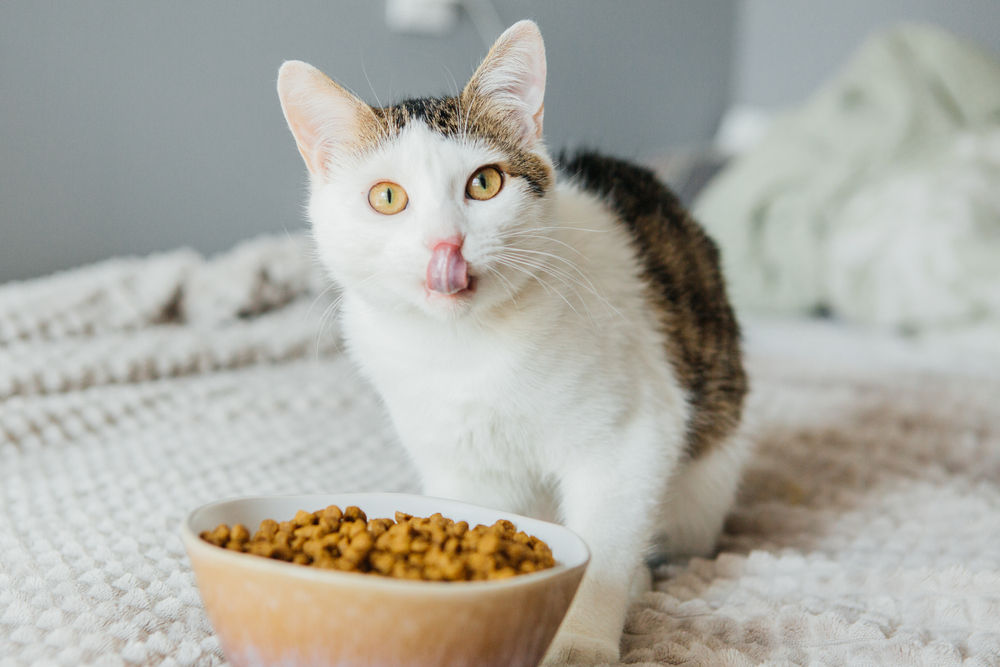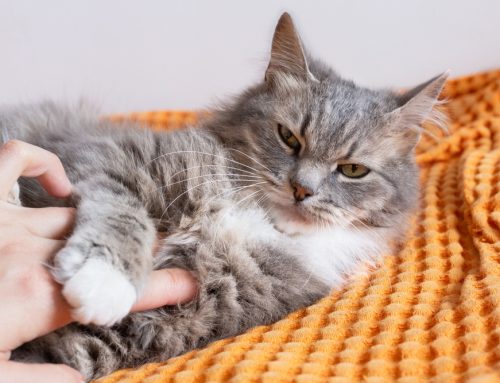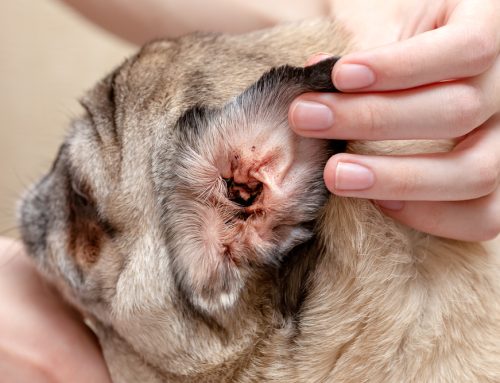More than 70% of people in the U.S. are overweight, and their pets aren’t far behind—more than half are overweight. Unfortunately, society sometimes minimizes the problem, thinking a chubby cat or dog is cute, but over time, the excess weight can become serious and lead to arthritis, diabetes, breathing problems, and a shortened life. Managing your pet’s weight may feel like another challenging chore in your already packed schedule, so let Countryside Veterinary Hospital be your guide to your pet’s healthy body condition. Our top-notch team, with our advanced facility and resources, will advise you on the diet, exercise, and weight that will build a strong foundation for a healthy pet.
Tools to assess your pet’s weight
Use the following three weight tools to determine whether your pet’s weight is high, low, or ideal.
- Professional scales — Bring your dog to our hospital, after first calling for pandemic protocols, to obtain an accurate weight using our professional pet scales. Weighing cats is less simple, but we will find creative ways to get an accurate weight.
- Baby scales — Many cat families purchase a baby scale to avoid extra trips in the car, making weight checks a positive experience for their cat “homebodies.” Consider using a fleece blanket and a small treat, so getting on the scale can be “their idea.”
- Body fitness — Project: Pet Slim Down is a wonderful tool from Purina—you can find a link on our website under the tab “client tools.” Using a body condition score chart and giving a “Healthy Hug” are two easy ways to gauge your pet’s body fitness.
Ask our team about regular appointments to celebrate progress. Keeping a log of your pet’s weight will maximize your success.
Baby steps to a better diet
If your pet is overweight, diet changes are best made gradually with baby steps.
- Consider prescription diets — Prescription diets designed to help pets with weight are available that, when fed in the correct amounts, cost no more each day than over-the-counter foods. Low carb diets work better for cats, and high fiber diets work better for dogs.
- Calculate calories — Treats are often a source of excess weight. See a feeding chart or calorie calculator to determine your pet’s daily caloric needs, and check the label for the calorie count of treats. Treats should make up 10% or less of your pet’s daily calories.
- Check the amount — Weighing your pet’s food on a gram scale yields better results than measuring with a cup. Label directions are a good starting point. Slowly change the amount your pet eats to maximize success and be safe.
When considering a feeding change, work together with the Countryside Veterinary Hospital team to make the best decisions for your pet’s weight.
Baby steps to better exercise
In your busy daily life, is pet exercise a priority? The Countryside Veterinary Hospital team can help you become more active with your pet with these exercise suggestions.
- Walk slowly at first — If you currently do not exercise with your pet, set small goals at first. For example, plan to walk your dog once weekly around the block after supper. After a month, increase to twice weekly.
- Play with your pet — Plan a once-weekly interactive play session with your pet—our team can recommend the best toys to get your pets moving. Treat puzzles increase pet activity, as well as slow down eating.
- Use doggy daycare — Our new state-of-the-art boarding facility and pet playground, The Lodge at Countryside, provides plenty of exercise and playtime for your pet. With our convenient drop-off daycare service, your pet can enjoy enriched social and exercise time.
Whether your family is at home, work, or school, our team can help you find ways to keep your pet active.
Building the steps on a solid foundation

Sometimes a pet is eating the same amount of food, but their weight still changes. Underlying medical conditions can result in increased weight or changed body condition, especially in older dogs. Common conditions that can lead to excess weight include low thyroid and Cushing’s disease, in which overactive adrenal glands result in a “pot-belly” and decreased muscle mass. Let us know if you suspect an underlying problem in your pet. We may recommend a physical exam and blood testing, because treating these problems often dramatically helps pet body condition.
To improve your pet’s weight and fitness, set small goals, take one step at a time, and celebrate victories along the way. You are forming lifelong healthy weight habits for your pet.
Make an appointment at Countryside Animal Hospital for a weight check, a consultation about pet food, or a progress check. The veterinary team at Countryside and The Lodge are here to help your pet reach and maintain a healthy weight.








Leave A Comment